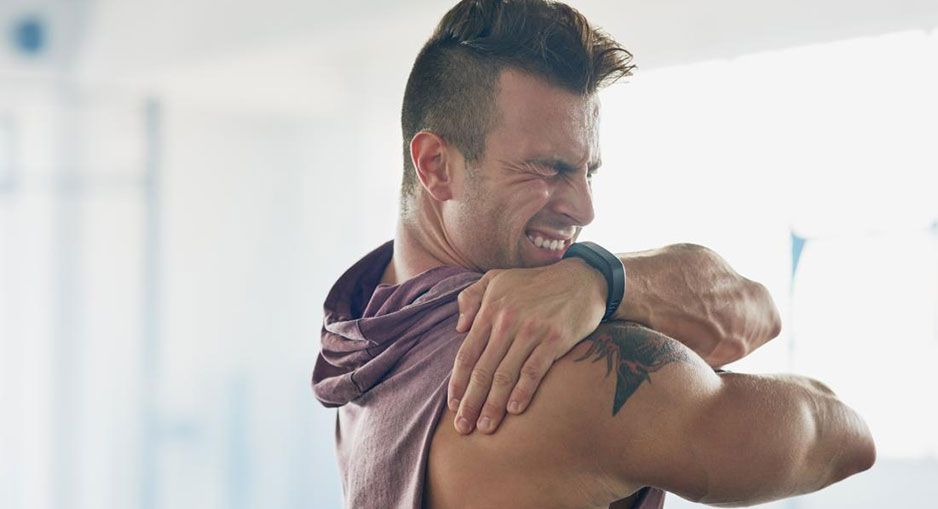Joint Pain Covid and Muscle Aches Covid: Post COVID-19 Complications

What do we mean by joint and muscle issues?
Joint pain and muscle ache issues are common and include shoulder, neck, back, and knee issues. Many people will have these issues at some point in their life. Most of these issues are not severe and improve or get better quickly.
What causes post-COVID joint and muscle problems?
Many people will have had some pains and aches before getting sick with COVID. Being unwell might have made these problems come back or get worse. This is because joints and muscles are better when we usually move. When sick with COVID people are less active than usual. This could cause aches and pains, solidness, and muscle weakness.
Muscle weakness could lead to difficulties with activities for example standing, climbing stairs, gripping objects with your hands, or lifting your arms above your head. Some of the treatments that were required during your COVID disease might have put extra stresses and strains on some of your joints and muscles. These might have caused new or increased joint and muscle problems.
People have told us the most common problems after being sick with COVID are shoulder and back problems, but joint and muscle problems could happen in any portion of the body. Some people have widespread aching that could come and go for a time as you recover. Some people also have odd or changed feelings, for example, numbness or pins and needles and weakness in the arms or legs.
Shoulder and arm problems after COVID
Some people undergo severe shoulder and arm problems after COVID, particularly those who have been in hospital. These problems could be a combination of pain, solidness, numbness in the arms, and weakness in some muscles. If you have been given instruction or treatment about your arm problem in the hospital you must continue to follow that instruction. Many of these problems will improve as you get healed, but if you have serious problems contact your primary care physician or physiotherapist to talk.
What could I do about joint and muscle problems?
Many joint and muscle conditions following COVID-19 are improving quite quickly. Looking after your joints and muscles is a really crucial part of your recovery. You could do a lot to help your joint and muscle problems by following this instruction.
People have said the most common problems after being sick with coronavirus are shoulder and back problems, but joint and muscle problems could happen in any part of the body. Some people have widespread aching that could come and go for a time as you heal. Some people also have odd or changed feelings, for example, numbness or pins and needles and weakness in their arms or legs.
How do I return to my regular activities after COVID?
You should aim to get back to your regular activities. Try to slowly increase the amount of movement and activity you do. Joints and muscles are designed to move but you require to pace yourself and rest when requiring to. Also, take into account any other symptoms you might have, for example, fatigue and your breathing. Try doing a little more of this every day. As time goes on, you should find that you could do more and more.
Is it safe to exercise after COVID?
It is safe to exercise after COVID until you have been told not to by a health professional, for example, a primary care physician or physiotherapist. Aim for a balance between exercise or activity and rest. At first, you might have to rest more frequently. As you get better you should be able to stay more active and do more exercise. Physical activity is usually good for everyone and too much rest could make joint and muscle problems worse. You should slowly increase the amount of the following;
Normal physical activity includes all the activities you normally do. For instance, washing and dressing yourself, housework, gardening, hobbies, and work. Aim to slowly return to your common routine by beginning with the easier activities and then gradually introducing the more physical ones.
Exercise Strengthening and flexibility exercises/activities will help your joint and muscle problems.
Flexibility exercises are activities that improve the amount of motion in a joint or muscle. Instances of flexibility activities include:
Stretching, by moving your joints as far as you could various times a day.
Yoga
Tai chi
Strength training exercises are all activities that make your muscles work harder than they normally do. You should try to aim to get back to doing two or more sessions of strengthening exercise every week. Instances of muscle-strengthening activities include:
Climbing stairs
Lifting weights
Working with resistance bands
Gardening activities for example digging
Walking uphill
Cycling
Posture
There are no good or bad postures, but it is crucial to change your position usually. Limit the amount of time you stay in one position, for example sitting or looking at tablets and mobile phones. If you find your symptoms are worse in a specific position, find a more comfortable position or move around for a while.
Painkillers
Simple painkillers and creams you can buy at the chemist could help, but you should always ask the pharmacist for direction on what you should use. If you are taking any other tablets or medicines check with the pharmacist or your primary care physician before taking any new medicines.
When should I contact my general practitioner (GP) for surgery?
You should look for immediate help from your primary care physician or physiotherapist if you have serious pain, numbness, or weakness in your arms or legs that prevents you from following the advice on this page.
Contact your general practitioner (GP) to talk to a primary care physician or physiotherapist if:
Your joint and muscle problems are getting worse.
You are unable to be active or exercise due to other symptoms for example fatigue or being breathless.
You develop new symptoms for example pins and needles, worsening weakness in your arms or legs, or problems with your balance.
After three months your joints and muscle problems have not improved.
Joint and muscle problems rarely indicate a more severe condition:
If you get new symptoms of feeling unwell or sick, pain at night that causes problems sleeping, or significant joint inflammation contact your general practitioner (GP) surgery. If you get a new hot, red, inflamed joint this might be an infection in the joint. This requires urgent treatment so go to accident and emergency on the same day.
Very rarely back pain with leg pain could affect the nerves that supply your bladder and bowel. This is known as Cauda Equina Syndrome (CES). If you get these symptoms you might require urgent treatment and you should go to an accident and emergency room on the same day.
If you or anyone you know is suffering from post-covid joint pain and muscle aches, our expert providers at Post Covid Centers will take care of your health and help you recover.
Call 469-545-9983 to book a telehealth appointment for a home check-up.
Post Covid Syndrome vs. Fatigue
While COVID-19 is a short-lived disease in most people, others experien...
Post Covid Syndrome vs. Skin Weakness Problems
A new study illustrates that some patients with COVID-19 disease have continuous skin-associated symptoms...
RELATED BLOGS
